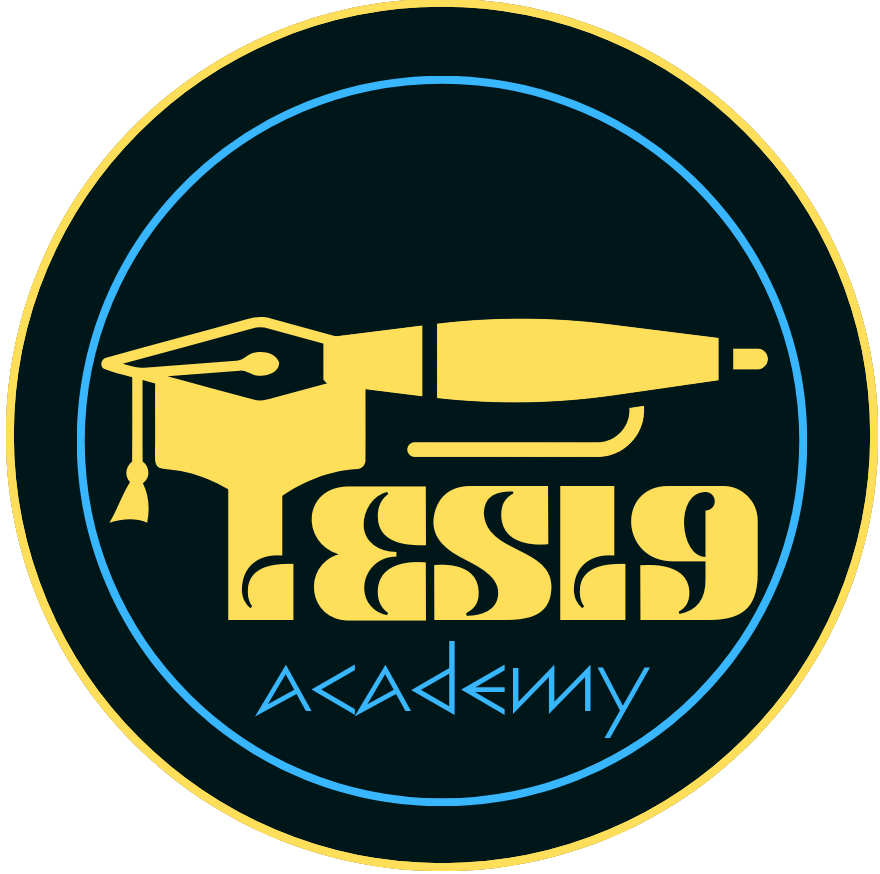- Frame of Reference
- position and presentation of position
- Displacement and Distance
- Velocity, average velocity and instantaneous velocity
- speed, average speed and instantaneous speed
- Motion, uniform motion and non uniform motion
- acceleration, average acceleration and instantaneous acceleration
- Graph : Position-time, velocity-time and acceleration time
- Graph : velocity-position and acceleration-velocity
Motion in a straight line, also known as rectilinear motion, is a fundamental concept in physics that deals with the motion of objects along a straight path. Here are some key points:
- Types of Motion: Motion in a straight line can be classified into three main types based on the nature of velocity:
- Uniform Motion: When an object moves along a straight path with a constant speed, its motion is called uniform motion.
- Non-uniform Motion: If the speed of an object changes at regular intervals or irregularly, its motion is termed non-uniform.
- Acceleration: When an object’s speed changes over time, its motion is said to be accelerated. Acceleration can be uniform (constant acceleration) or non-uniform (changing acceleration).
- Distance and Displacement: Distance refers to the total length of the path traveled by an object, while displacement refers to the change in position of the object from its initial position to its final position. Displacement is a vector quantity, meaning it has both magnitude and direction.
- Speed and Velocity: Speed is the rate at which an object covers distance, whereas velocity is the rate of change of displacement. Velocity is a vector quantity and includes information about both speed and direction.
- Acceleration: Acceleration is the rate of change of velocity with respect to time. It can be positive (speeding up), negative (slowing down), or zero (constant velocity).
- Equations of Motion: In uniformly accelerated rectilinear motion, the motion of an object can be described using three equations known as the equations of motion. These equations relate the initial velocity, final velocity, acceleration, displacement, and time.
- Graphical Representation: Motion in a straight line can be represented graphically using position-time graphs, velocity-time graphs, and acceleration-time graphs. These graphs provide valuable insights into the behavior of moving objects.
Understanding motion in a straight line is crucial for analyzing the motion of objects in various scenarios, from simple everyday situations to more complex scientific and engineering applications. It forms the basis for studying more advanced topics in physics, such as kinematics and dynamics.
Motion in straight line by KAPIL RAJAKoPhysics
Description This is a simulation of the motion of a car undergoing uniform acceleration. The initial position, initial velocity, and acceleration of the car can be adjusted. Adjust the initial position (x), initial velocity (v_0), and acceleration (a) of the car using the sliders. Press the “Run”…
ophysics.com
oPhysics
Description This simulation is intended to help anyone get a better understanding of the relationships between various quantities involved in uniformly accelerated motion. By adjusting the sliders (or input boxes), you can change the initial position, the initial velocity, and the acceleration of…
oPhysics
Description This is a simulation that shows the position vs. time, velocity vs. time, and acceleration vs. time graphs for an object. Adjust the initial position and initial velocity of the objects, and then adjust the acceleration of the object during the four time intervals represented on all th…
Video
